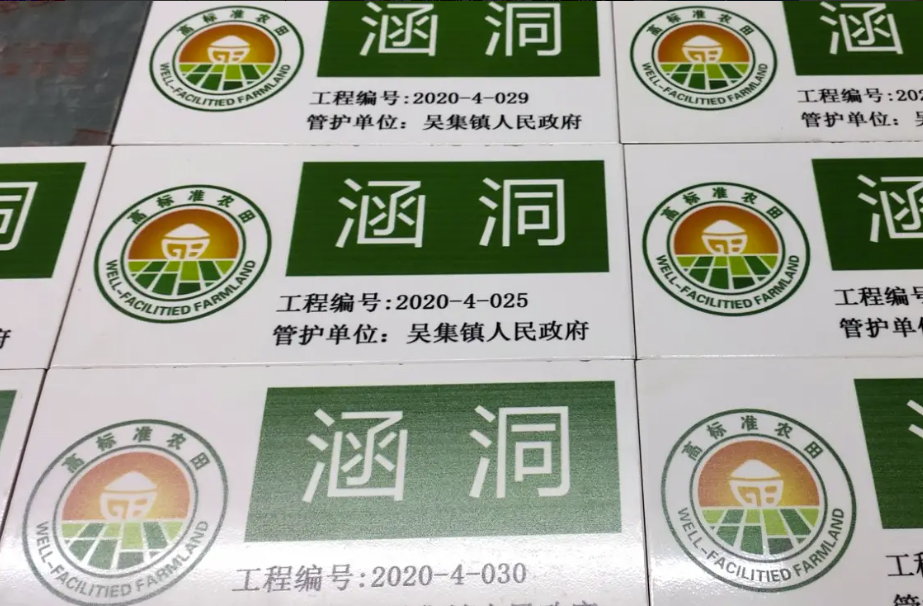Content of hazardous chemical product label identification
Hazard symbol:Use hazard symbols to indicate the hazardous characteristics of various chemicals, and each chemical can use up to two symbols.. The symbol is located on the right side of the label and adopts the symbols specified in the United Nations Recommendations on the Transport of Dangerous Goods and GB 13690
Warning words:According to the degree and category of danger of the chemical, use“ Danger "& ldquo; Warning” Two words are respectively used to warn of high and moderate harm. When a certain chemical has more than one hazard, use the warning word with the highest hazard. The warning words should be located below the chemical name and should be conspicuous and clear
Hazardous chemical product label information
The hazardous chemical product (hazardous chemical) label is an important identification attached to the packaging of chemicals, used to convey safety information to operators, warning them to carry out safe operations and disposal. According to the national standard "Regulations on the Compilation of Chemical Safety Labels" (GB 15258-2009), hazardous chemical product labels mainly include the following contents:
Name:Use both Chinese and English to indicate the common name of the chemical, which should be prominent and clear, located directly above the label.
Molecular formula:Use element symbols and numbers to represent the number of atoms in the molecule, located below the name. If it is a mixture, it can be omitted.
Chemical composition and composition:Indicate the main hazardous components and their concentrations or specifications.
Number:Indicate the United Nations dangerous goods number (UN No.) and China dangerous goods number (CN No.)
Precautions for hazardous chemical labeling
Labels should be affixed and hung (printed) by the manufacturer (company) before the goods leave the factory.
If the packaging needs to be changed after leaving the factory, the changing packaging unit shall re paste and hang (spray print) labels.
The pasting and hanging of labels (spray printing) should be firm and sturdy, ensuring that they do not fall off during transportation and storage.
Containers or packaging containing hazardous chemicals must be processed and confirmed to have no danger before removing the label. Otherwise, the label should be retained.

Public environmental signage
The term 'public environment signage' has a broad meaning. In most outdoor scenarios, we can refer to it as a public environment, and even indoors, we can see more public areas. Therefore, the signage here can also be considered a public environment signage. However, in our traditional concept, public signage in outdoor scenes is still easy to understand. So, what are the main contents of public environmental signage in specific public places
1. Area signage:In most public places, we will see some text-based signage.. Since it is a public place, it means that users who come and go are generally not familiar with the spatial distribution and building information of the area. Therefore, it is necessary to provide such area identification to inform users of the name of the area. It can be a bathroom, a scenic spot, or a landscape sculpture. Whatever it is, it needs a name. Therefore, in public places, regional signage is the most common type
2. Guidance signs:There are also different types of guidance signs, such as driving signs, pedestrian signs, basement signs, etc. In many cases, identification systems and guidance systems are inseparable. When the area of a public area is large enough, it will be divided into different zones for easy management. If the zone is based on a signage system, then the wayfinding system is the process of finding the signage system. The directional guidance through the navigation system enables users to quickly reach their destination, and the best proof of reaching the destination is finding the identification system
3. Commercial signage: As we all know, every project incurs costs. Perhaps we are familiar with commercial complex shopping centers and have a better understanding of the commercial monetization needs in such situations. In fact, in some cases, the operation of the scene also has costs. For example, in shopping malls, which are generally free to enter and exit without charging fees like scenic spots, how to generate revenue for the mall on the existing basis can be achieved by appropriately adding commercial signs, such as advertising spaces, which can not only increase the commercial atmosphere of the mall, but also bring advertising revenue to the mall
We offer comprehensive technical support, including free professional labeling solutions, advice on label materials and adhesive selection, as well as online/offline assistance from professional software and hardware engineers. Service email: andy@ownlikes.cn. In pre-sales, we leverage our extensive experience in specialty labeling projects to provide clients with the most suitable hardware solutions. Additionally, all our label barcode printers and scanners come with a three-year free warranty, demonstrating our confidence in our products.






This site is protected by reCAPTCHA and the Google Privacy Policy and Terms of Service apply.